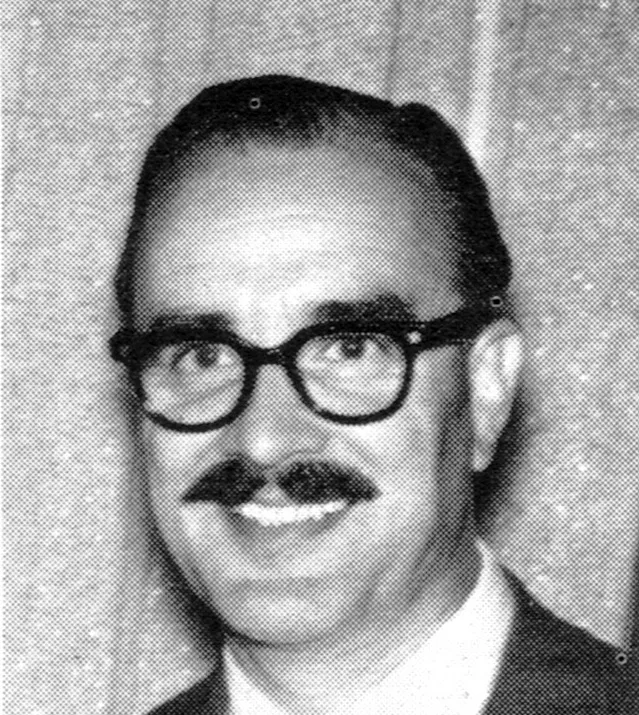
Information
Content includes:
Henri Rousseau (Hans Naef)
The Calendar as Goodwill Publicity (P. Arthur)
Radio & Television – The Promotion of an Advertising Medium (Georgine Oeri)
Gene & Helen Federico (Paul Rand)
Herve Moran (William B. McDonald)
Hans Neuburg (Hans Fischli)
The Letter as a Work of Art (Charles Rosner)
Two Finnish Painters (Annikki Toikka-Karvonen)
Fritz Eichenberg (George Amberg)
Grandville (Denys Chevalier)
Gustave Dore. Caricatures from his School Days (Lucien de Dardel)
A Recently Discovered Drawing by Ingres (Hans Naef)
Details
Linked Information
